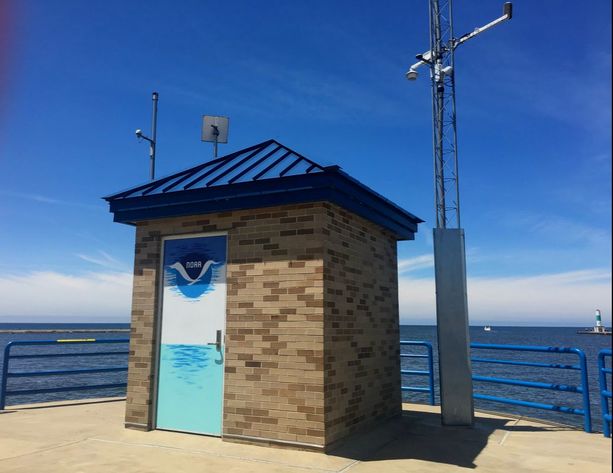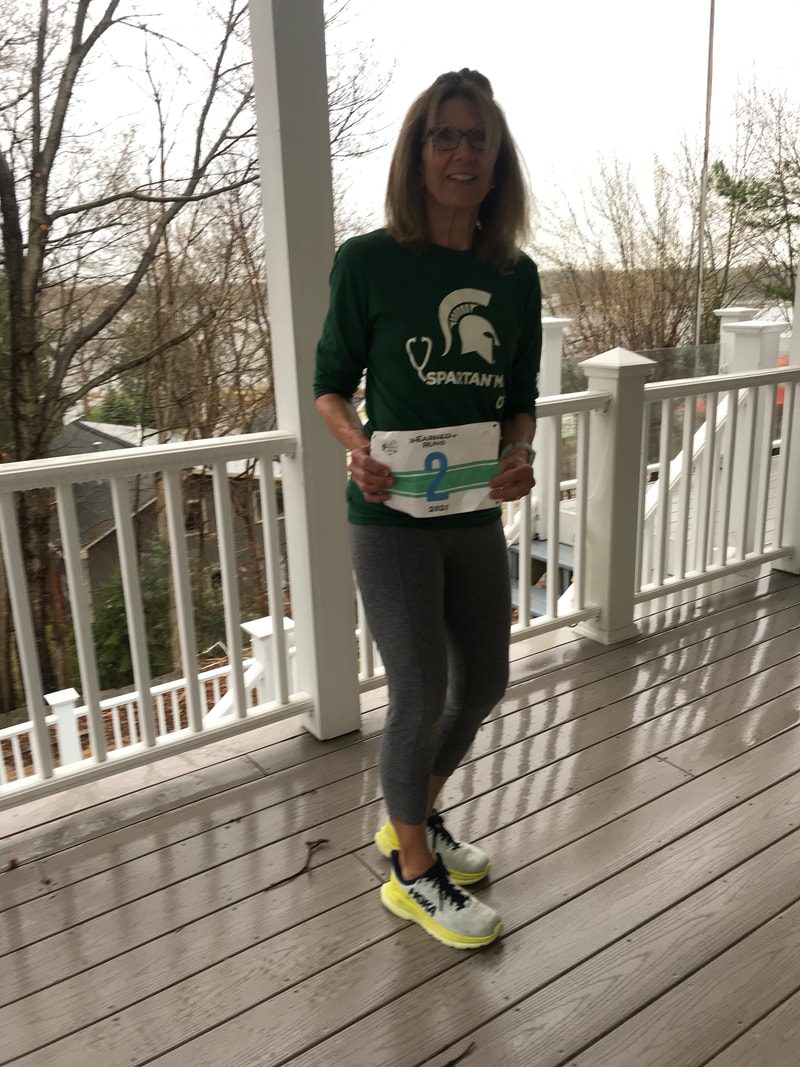BLOG
|
|
BECAUSE THE EARNED RUNS PAGE “BONE STRENGTH FOR ATHLETES” will attempt to post scientific information about maintaining and possibly improving bone health in athletes, it seemed like a good idea to start building it on a foundation of basic information. The Science Friday blog is a perfect “venue” on which to post science-heavy articles. An article, “Bone Biomechanical Properties and Changes with Osteoporosis” may be one such basic learning resource. It describes the nature of normal bone and begins to discuss what is known to change with bone loss, as occurs with osteoporosis. It is summarized below in Part I. Be aware that, to not misrepresent what was written in the article, a good portion of the summary is lifted word for word by Earned Runs. You are encouraged to read the entire paper. However, this one piece doesn’t fully explain how bone strength is determined or measured. Another basic article “Mechanical basis of bone strength: influence of bone material, bone structure and muscle action” reviews other fundamentals. It is quite lengthy and detailed. Earned Runs is hoping to acquire knowledge of the science of bone health so as to better understand additional literature that applies specifically to athletes, thus, much of the summary quotes the article directly but arranges it in outline form. Exact wording is maintained to avoid inadvertent change in meaning. These articles may be frequently referenced as other materials are discussed or posted on the BONE STRENGTH FOR ATHLETES page. Earned Runs tried its best to present the information in the articles to this post,but understanding will be greatly improved by reading the original source articles too. Because of the length of the discussion, the remainder of this post can be read (click "Read More") below, or the PDFs of Part I and Part II can be downloaded by clicking on the titles. Discussion: Part I: “BONE BIOMECHANICAL PROPERTIES AND CHANGES WITH OSTEOPOROSIS” By Georg Osterhoff, Elise F. Morgan, Sandra J. Shefelbine, Lamya Karim, Laoise M. McNamara, and Peter Augatg Article: Injury. 2016 June; 47(Suppl 2): S11–S20. doi:10.1016/S0020-1383(16)47003-8. Discussion Part II: “MECHANICAL BASIS OF BONE STRENGTH: INFLUENCE OF BONE MATERIAL, BONE STRUCTURE AND MUSCLE ACTION” by N.H. Hart, S. Nimphius, T. Rantalainen, A. Ireland, A. Siafarikas R.U. Newton Article: J Musculoskelet Neuronal Interact 2017; 17(3):114-139 I. “BONE BIOMECHANICAL PROPERTIES AND CHANGES WITH OSTEOPOROSIS” “BONE BIOMECHANICAL PROPERTIES AND CHANGES WITH OSTEOPOROSIS”
By Georg Osterhoff, Elise F. Morgan, Sandra J. Shefelbine, Lamya Karim, Laoise M. McNamara, and Peter Augatg Article: Injury. 2016 June; 47(Suppl 2): S11–S20. doi:10.1016/S0020-1383(16)47003-8. https://www.ncbi.nlm.nih.gov/pmc/articles/PMC4955555/pdf/nihms803093.pdf Mature bone tissue is classified as two types: trabecular [also known as spongy] and cortical [also known as compact]. Cortical type bone forms the dense, outer shell that surrounds the inner core of honeycomb-like, trabecular type bone. Blood vessels deliver nourishment to cortical bone; trabecular bone receives nutrients by diffusion from the inner bone marrow. While all trabecular bone is surrounded by cortical bone, the thickness of the cortex differs by location. The ratio of cortical: trabecular bone is higher in long bones like the shaft of the femur, and is lower in vertebral body bones. Bone micro-structure and composition are determined by location in the body and the forces acting on it. Biomechanical strength is related to density and to the connectivity between trabecular network structures, which are influenced by loading pressures, both compressive and tensile. “For example, vertebral bodies must resist high and repetitive axial compression loads but experience much less shear or tension loads.” If the trabecular component of these bones is removed, their ability to withstand compressive forces is disproportionately reduced. “The femoral neck [of the hip] or the proximal humerus [of the arm], on the other hand, is mainly subjected to shear forces and bending moments, the latter of which create a combination of compression, tension, and shear”. Any reduction in cortical thickness or shape, increases the risk of hip or arm fracture, whereas removal of the trabecular component in these locations has little effect on biomechanical strength. Bone loss in early osteoporosis is mainly a trabecular bone loss. With increasing age [later stages of bone loss] the cortical bone becomes more and more porous. “The transition from early trabecular to later cortical bone loss is consistent with the epidemiological [population] data on osteoporotic fractures. Vertebral compression fractures, being “trabecular fractures”, are more common in individuals aged less than 65 years. With increasing cortical bone loss after the age of 65 years, hip fractures, being rather “cortical fractures”, become more frequent. The heterogeneity [the opposite of being homogeneous; a material that is homogeneous is uniform in composition or character (i.e. shape, size, weight, height, distribution, texture, architectural design, etc.); one that is heterogeneous is distinctly non-uniform in one of these qualities] in density and architecture throughout bones such as the femur and vertebra have been proposed as a major reason why the average BMD [bone mineral density] of a bone explains only ~60% of the variation in whole-bone strength. Biomechanical studies show that bone heterogeneity is important for mechanical strength.
THE MATRIX [substance] OF BONE is composed of both inorganic (i.e. mineral) and organic (i.e. water, collagen protein, and non-collagenous proteins) components
ORGANIC MATRIX: COLLAGEN AND NON-COLLAGEN PROTEIN There is increasing evidence that the bone’s organic matrix plays a role in age- and disease-related changes in its mechanical properties. Collagen protein:
Non-collagenous proteins play a role in preventing harmful micro-damage. Though osteoporosis is generally defined as a loss of bone mass (a type of quantity), there are considerable matrix changes, particularly in collagen crosslinks, which cause a loss of bone quality. [COLLAGEN PROTEIN MATRIX details] Collagen undergoes numerous modifications with aging and disease, including both enzymatic and non-enzymatic crosslinking.
[NON-COLLAGEN MATRIX details] Non-collagen proteins comprise 10% of bone’s organic matrix; 2 of these proteins are:
ORGANIC MATRIX SUMMARY: The ‘normal’ type of collagen crosslinking helps maintain healthy bone. The abnormal type of collagen crosslinking that is associated with aging and some diseases likely causes bone brittleness, interferes with normal maintenance and repair processes, and leads to the decreased bone formation of osteoporosis. Non-collagen matrix proteins act as the glue that holds mineralized collagen fibers together. When a force is applied, these components stretch, help dissipate energy by breaking sacrificial bonds between adjacent collagen fibrils, and prevent harmful crack formation and propagation
Article Summary: “The bone’s inorganic and organic composition, its trabecular and cortical nano-, micro-, and macroscopic architecture, and the heterogeneity of these structural features all have impact on age- and disease-related changes in bone’s mechanical properties. Though osteoporosis is generally defined as a loss of bone mass, there are considerable changes of the structure and matrix itself, which can cause a loss of bone quality...." [Read the remainder of this section in the original article]. II. “MECHANICAL BASIS OF BONE STRENGTH: INFLUENCE OF BONE MATERIAL, BONE STRUCTURE AND MUSCLE ACTION” by N.H. Hart, S. Nimphius, T. Rantalainen, A. Ireland, A. Siafarikas R.U. Newton J Musculoskelet Neuronal Interact 2017; 17(3):114-139 https://www.ncbi.nlm.nih.gov/pmc/articles/PMC5601257/ SOME KEY POINTS [material in brackets has been modified or added by Earned Runs]: “Accrual of bone takes place most rapidly in the teenage years, culminating in the third decade of life to achieve peak bone mass.” “Bone strength …. Is modulated by neighboring muscle as a key osteogenic [bone building] stimulant and modifier of mechanical behavior” “…bone cells are responsive to local strains expressed in their precise vicinity by routine stresses supplied by activities of daily living…” “… therefore, the determinants of bone adaptation in response to mechanical load involve all aspects of the strain environment” [including strain magnitude, rate, frequency, and distribution, and the number of loading cycles and rest-recovery periods] “… all components of the strain environment are interlinked and interdependent, such that they collectively contribute to the osteogenic effect and potency of mechanical loading” MECHANICAL BEHAVIOR [OF BONE] “… Bone is structurally complex and hierarchically designed, with diverse arrangements and various layers of biomaterial working co-operatively to meet numerous paradoxical requirements.” “… bones behave and respond uniquely to various loading modalities of differing magnitudes, directions, rates and frequencies. While this relationship between mechanical load and mechanical behaviour is multifactorial; bone strength and stiffness are greatest in the direction where loads are most commonly expressed” “…bone widens under compression and narrows under tension…” MINERAL CONTRIBUTION [TO BONE STRENGTH] “Bones are bi-phasic composite materials, with organic and inorganic components. The interplay between these materials and their relative composition considerably influences mechanical behaviour and bone strength. Specifically, the degree of mineralisation and porosity (i.e.: apparent density) ultimately determines the quality of bone material, and … [its] ultimate strength.
“Density is the product of mineralisation and porosity, expressed as mass per unit of volume. Specifically, the amount of mineral content per volume of bone [mineralization], and its ratio of void volume to total volume [porosity] respectively combine to establish apparent bone mineral density. “Bone mineral density (BMD) [traditionally areal BMD] is a frequently used surrogate measure of mechanical competence and bone strength [bone quality] …” - to establish fracture risk; - to diagnose osteopenia and osteoporosis - to quantify interventional efficacy of preventative and remedial programs. [However] “all measures of bone mineral density [BMD] inherently neglect structural properties of bone [architecture, morphology, geometry], which substantially influences mechanical behaviour, and greatly contributes to bone strength and fatigue resistance.” …”it is only one of several determinants of bone and should therefore form part of a wider investigative framework which includes structural quantities”. STRUCTURAL CONTRIBUTION [TO BONE STRENGTH] “Bone has unique …properties which specifically and functionally adapt to routine mechanical loads in order to enhance bone strength and stiffness in the absence of increased bone mass.”
MUSCULAR CONTRIBUTION [TO BONE STRENGTH] [Note: important to athletes!!!] “Muscle and bone are inextricably linked by anatomical, mechanical, metabolic, and pleiotropic [more than one effect of a gene] functions.
“Beyond its osteogenic capabilities, muscle...
[The section below seems to be indicating that, because muscle interacts with and influences bone in so many different ways, when muscle fatigue sets in the quality and efficiency of body movement is diminished. This inferior form of movement makes the skeleton (bone) vulnerable to injury. Either leading to trauma (fracture) or tissue alterations associated with overuse. Recovery periods are therefore important with strenuous weight training designed to build or strengthen muscle] "Bone mass, material and structure interact with muscle to determine the resultant mechanical behavior and load tolerability of bone to a given loading environment.
[The remainder of the article future directions in research; please read the original article to enjoy the prespective provided by the authors] If there is ONE message that athletes might take from this post, its that bone health is remarkable influenced by muscle, and that changes in muscle will effect it. On the favorable side as well as the favorable side. There's more to bone than just it's mineral content, as currently measured by bone mineral content (BMD). RUN & MOVE HAPPY! PS: after this whopper of a post you might be yearning for the lighter "summer" version of Science Friday! https://www.ncbi.nlm.nih.gov/pmc/articles/PMC4955555/pdf/nihms803093.pdf https://www.ncbi.nlm.nih.gov/pmc/articles/PMC4955555/ https://www.ncbi.nlm.nih.gov/pmc/articles/PMC5601257/ https://www.ncbi.nlm.nih.gov/pubmedhealth/PMHT0022808/ (bone types) https://www.livescience.com/12949-cell-suicide-apoptosis-nih.html
0 Comments
Your comment will be posted after it is approved.
Leave a Reply. |
BRIDGE TO PHYSICAL SELF
Running, walking, and fitness activities enable us to experience our physical selves in a world mostly accessed through use of fingers on a mobile device. AuthorEARNED RUNS is edited and authored by me, runner and founder. In 1978 I began participating in 10K road races before 5Ks were common. I've been a dietitian, practiced and taught clinical pathology, and been involved with research that utilized pathology. I am fascinated with understanding the origins of disease as well as health and longevity. Archives
November 2023
CategoriesNew! Search Box
Earned Runs is now searchable! Check it out...
|


 RSS Feed
RSS Feed